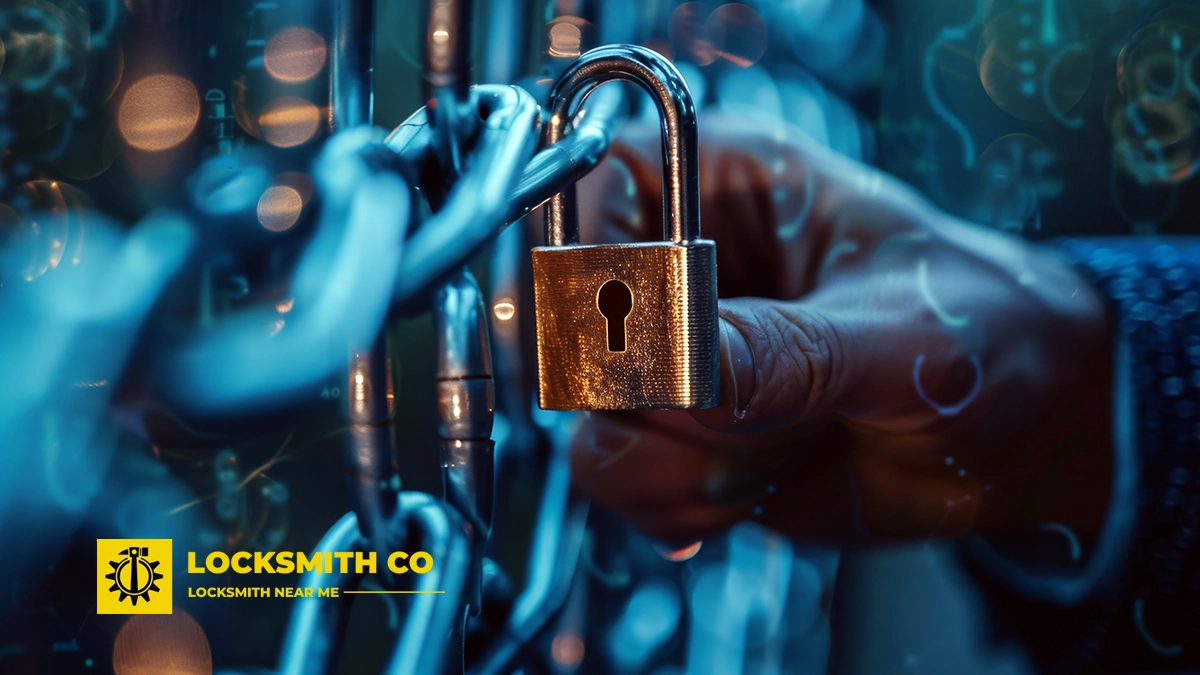Common Lock issues demystified: When to DIY and when to call a professional locksmith. From…
Lock Snapping and How to Prevent It: Protect Your Home
Lock snapping and how to prevent It: Protect your home. Lock snapping is a growing concern for homeowners across the UK, particularly those with uPVC doors.
This method of forced entry exploits weaknesses in standard euro cylinder locks, allowing intruders to gain access quickly and quietly.
Lock Snapping and How to Prevent It
In this article, we will delve into the dangers posed by lock snapping, identify how to spot vulnerable locks in your home, and discuss the most effective security measures to prevent it, such as upgrading to anti-snap locks and bolstering door security.
By understanding these risks and taking proactive steps, homeowners can significantly enhance their property’s security and peace of mind.
Understanding Lock Snapping
What is Lock Snapping?
Lock snapping is a method of forced entry that targets the inherent vulnerability of euro cylinder locks, commonly found in uPVC doors.
This technique involves applying force to the lock cylinder, causing it to snap at its weakest point.
Once the lock snaps, the internal mechanism is exposed, allowing the intruder to manipulate it and unlock the door with minimal effort and noise.
This process can be completed in under a minute, making it a preferred method for burglars.
Alarmingly, standard euro cylinder locks are frequently used in residential properties throughout the UK, leaving many homes at risk.
Understanding this threat is crucial for homeowners looking to bolster their uPVC door security and implement effective forced entry prevention measures, such as installing anti-snap locks.
By recognising and addressing this weakness, you can significantly enhance the security of your home.
Common Vulnerabilities in uPVC Doors
uPVC doors are popular for their affordability and energy efficiency, but they can be vulnerable to lock snapping.
A common issue lies in the standard euro cylinder locks often installed in these doors.
These locks typically protrude slightly from the door frame, creating an easy target for burglars to grip and snap.
Additionally, these locks lack the reinforcement required to withstand significant force.
Another vulnerability is the lack of robust multi-point locking systems.
Many older uPVC doors may not have sufficient locking points, making it easier for intruders to force the door open.
Furthermore, some uPVC doors may have weak frames that can be flexed or manipulated to bypass the lock entirely.
To enhance uPVC door security, homeowners should consider upgrading to anti-snap locks and ensuring the door is fitted with a solid multi-point locking mechanism.
Regular maintenance and inspections can also help identify potential weaknesses before they are exploited.
Risks of Forced Entry
The risks associated with forced entry via lock snapping are significant, both in terms of financial loss and personal safety.
Burglars who employ this method can gain access swiftly, often leaving little evidence of their intrusion until it is too late.
The immediate financial implications include damage to the door and lock, as well as the loss of valuables and potential increases in insurance premiums.
Beyond material losses, there is a profound impact on the homeowner’s sense of security and peace of mind.
The knowledge that an intruder has breached one’s home can be distressing, leading to anxiety and a lingering sense of vulnerability.
Additionally, homes that have been targeted once may be more likely to be targeted again, as burglars often return to familiar locations.
To mitigate these risks, homeowners must prioritise uPVC door security by installing anti-snap locks and implementing other forced entry prevention measures.
Preventing Lock Snapping
Upgrading to Anti-Snap Locks
Upgrading to anti-snap locks is a crucial step in safeguarding your home against lock snapping.
These specialised locks are designed with reinforced sections that prevent the cylinder from breaking, even under considerable force.
When subjected to snapping attempts, anti-snap locks remain intact, thwarting the burglar’s efforts to gain entry.
It is essential to choose locks accredited by standards such as the TS007 three-star or the SS312 Sold Secure Diamond, which indicate high resistance to snapping.
Installation of these locks is a straightforward process, typically completed by a professional locksmith, ensuring that your doors are secure without compromising on aesthetics.
Apart from enhancing security, anti-snap locks serve as a deterrent, signalling to potential intruders that your home is a less attractive target.
By investing in these robust locks, homeowners can significantly reduce the risk of forced entry, thereby reinforcing their property’s security and protecting their peace of mind.
Reinforcing Door Security
Reinforcing door security goes beyond just upgrading the locks. It involves a comprehensive approach to ensure all aspects of the door are fortified.
Start by examining the door frame, which should be robust enough to withstand attempts to force it open.
Consider fitting a metal strip, known as a London bar, to reinforce the frame. This addition enhances the door’s resistance to being kicked in.
For additional security, install hinge bolts on outward-opening doors to prevent them from being forced off their hinges.
Moreover, ensure the door itself is solid and of good quality; hollow-core doors, for instance, are less secure than solid wood or composite options.
Adding a door viewer or security chain can provide further protection by allowing you to identify visitors before opening the door fully.
These enhancements, combined with anti-snap locks, create a comprehensive security system that significantly reduces the risk of forced entry.
Additional Home Security Tips
Beyond upgrading locks and reinforcing doors, there are several other home security measures homeowners can implement to further safeguard their properties.
Installing a visible security system, such as CCTV cameras or motion-activated lights, can deter potential intruders by increasing the risk of detection.
Keep your home’s exterior well-lit to eliminate hiding spots, especially near entrances.
It is also wise to maintain landscaping, keeping bushes and trees trimmed, to prevent them from providing cover for burglars.
Inside the home, ensure that valuables are not visible from windows, and consider using privacy films or curtains for added discretion.
Additionally, investing in a home alarm system that alerts you to any unauthorised entry can offer an extra layer of security.
Finally, establishing good habits, such as locking doors and windows when leaving the house, even for short periods, can prevent opportunistic theft.
These precautions, combined with robust lock and door security, create a comprehensive defence against burglary.




Comments (0)